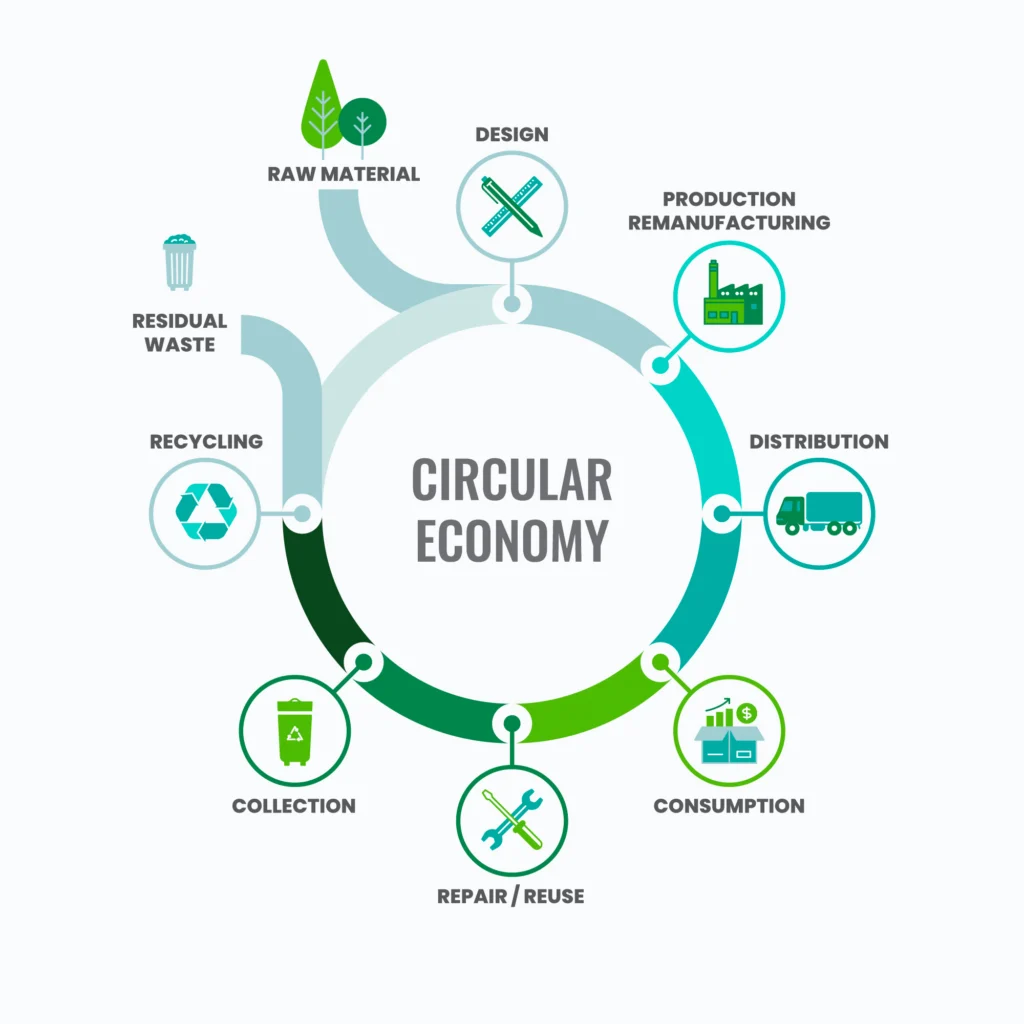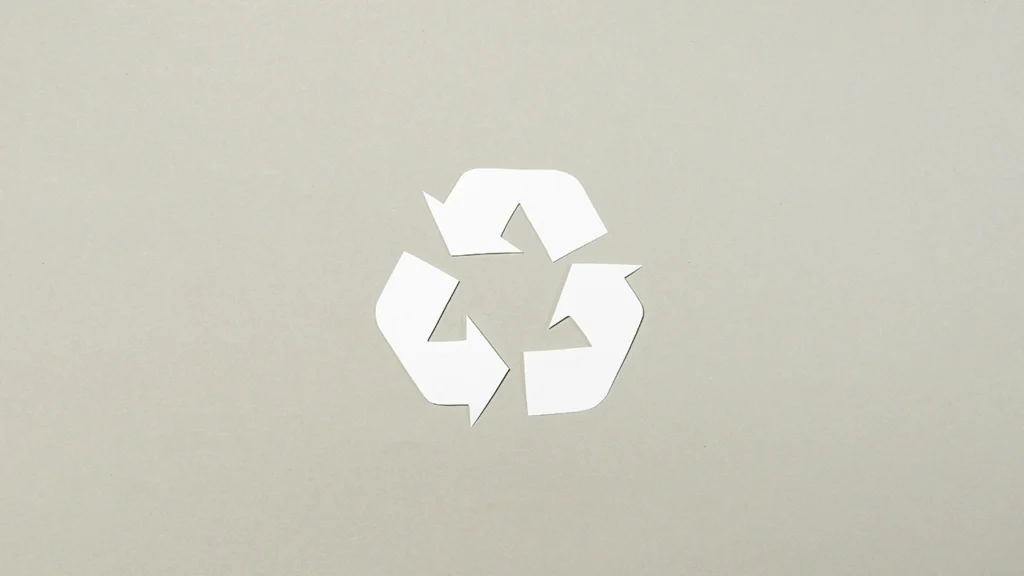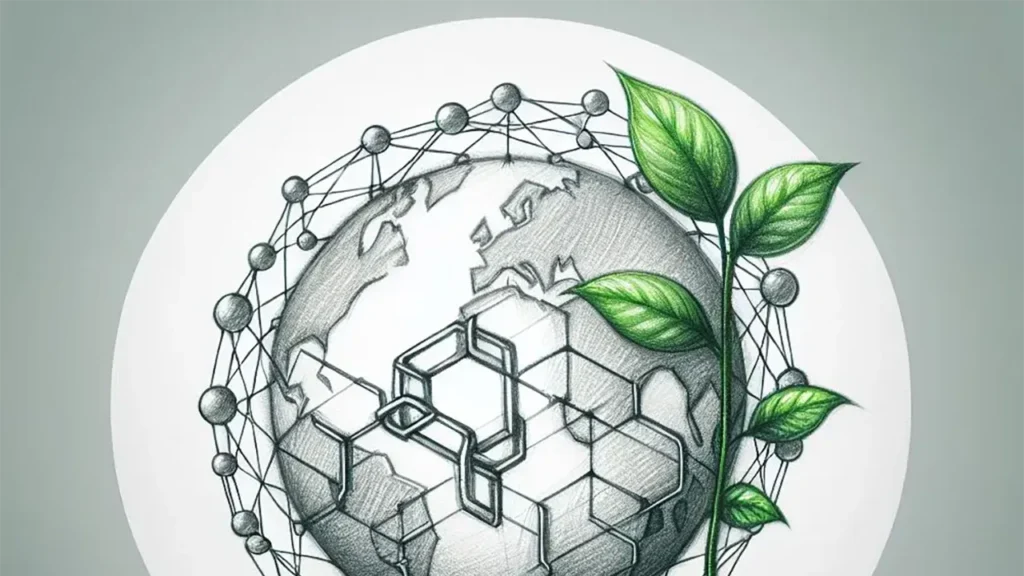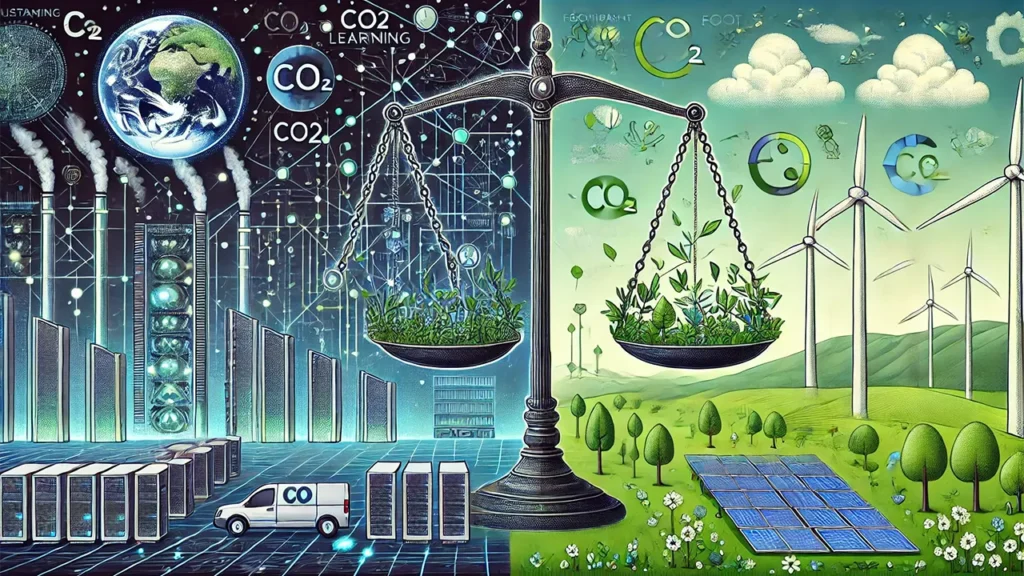Table of Contents
The circular economy is becoming increasingly important in a world with limited resources. The goal of this economic approach is to maximize the lifecycle of products, minimize waste, and use resources efficiently. In recent years, digital technologies have significantly contributed not only to facilitating but also to accelerating circular economy models. This article explores how digital innovations support the implementation of circular economy models and the potential they offer for a sustainable future.
Digital technologies as enablers of the circular economy
Digital technologies are transforming the way industries operate, offering unprecedented opportunities to design products, processes, and systems that align with circular economy principles. The Internet of Things (IoT), for example, plays a crucial role by enabling real-time monitoring of resources and product lifecycles. Connected devices and sensors allow companies to track machine conditions, predict maintenance needs, and optimize resource usage, thus enhancing overall efficiency.
Blockchain technology adds another layer of capability by ensuring transparency and traceability within supply chains. It allows for the seamless documentation of material origins, processing stages, and disposal methods, which is essential for recycling and reuse. Artificial Intelligence (AI) further complements these efforts by analyzing complex datasets to identify opportunities for material reuse, process optimization, and waste reduction.
Additive manufacturing, commonly known as 3D printing, introduces a new dimension of sustainability. This technology supports the production of items on-demand and with high precision, minimizing waste and maximizing material efficiency. By integrating these technologies into their operations, businesses can not only achieve sustainability goals but also unlock new economic opportunities.
Practical applications
The practical implementation of the circular economy is being advanced in many ways through technology. Here are some concrete examples:
a) Sharing Platforms: Digital platforms like car-sharing or tool rental services make it possible to use resources more efficiently and keep products in circulation longer. An example is the platform ShareNow, which provides drivers with access to shared vehicles, reducing the need for ownership.
b) Smart Recycling: Intelligent waste management systems use IoT and AI to automatically sort waste and optimize recycling processes. A prime example is Recycleye, a company employing AI-powered technologies to improve waste separation.
c) Digital Twins: Virtual models of products or production processes enable their lifecycle to be simulated and improvements to be identified before real resources are used. For instance, Siemens utilizes this technology in manufacturing to increase the efficiency of production facilities.
d) Resource-Efficient Production: Using IoT and AI, companies can optimize material flows and reduce energy consumption in production processes. Bosch, for example, employs IoT technologies to make production lines more energy-efficient and minimize waste.
Through these and similar approaches, it becomes clear how versatile and effective digital technologies can be in advancing the circular economy.

An illustrative overview of the circular economy model, showcasing its sustainable approach to resource usage, from production to end-of-life recovery and reuse. Image by Freepik
Challenges and solutions
Although digital technologies offer tremendous potential for the circular economy, their implementation and use are often associated with challenges. One central issue is data management, as the integration and analysis of large data volumes require standardized systems and high data quality. In addition, the costs of implementing new technologies can pose a significant hurdle, particularly for small businesses. Another obstacle is the regulatory environment, as the absence of standards and regulations can hinder the adoption of modern technologies.
Addressing these challenges requires targeted solutions. Governmental and international funding programs can help companies alleviate the financial burden of adopting new technologies. At the same time, partnerships between businesses, research institutions, and technology providers can accelerate innovation and create synergies. Equally important is raising awareness: training and informational campaigns play a vital role in making the potential of the circular economy and its associated technologies more widely known. By combining these measures, the existing barriers can be overcome, and the benefits of digital transformation in the circular economy can be fully realized.
Future perspectives
The synergy between the circular economy and technology offers immense opportunities to shape a sustainable economy. With ongoing digitalization, new possibilities are constantly emerging to use materials more efficiently, avoid waste, and rethink value chains. The use of AI, IoT, and blockchain will play a pivotal role in the coming years.
Wrap-up
Digital technologies are a key factor in the successful implementation of the circular economy. They enable processes to be made more efficient, conserve resources, and enhance transparency. However, realizing their full potential requires collaboration, innovation, and overcoming existing hurdles. With the right approaches, the symbiosis of technology and the circular economy can lead to a more sustainable economic system.
Literature
- Building a sustainable Circular Economy: https://en.acatech.de/topic/circular-economy/
- Digital Technologies in Circular Economy Transition: Evidence from Case Studies: https://www.researchgate.net/publication/343495456_Digital_Technologies_in_Circular_Economy_Transition_Evidence_from_Case_Studies
- How circular economy and digital technologies can support the building sector to cope with its worldwide environmental challenge? https://www.nature.com/articles/s42949-023-00109-w
- The power of digital technologies to enable the circular economy: https://medium.com/circulatenews/the-power-of-digital-technologies-to-enable-the-circular-economy-5471d097ee7f
- How to make digital technologies for the circular economy work for your business: https://aws.amazon.com/de/blogs/hpc/how-to-make-digital-technologies-for-the-circular-economy-work-for-your-business/
- How AI can help us turn our disposable economy into a circular one: https://www.reuters.com/sustainability/society-equity/comment-how-ai-can-help-us-turn-our-disposable-economy-into-circular-one-2024-07-02/
- The Circular Economy: A Guide to Economic Sustainability: https://www.greenliferesource.com/economic-sustainability/the-circular-economy-a-guide-to-economic-sustainability.html




